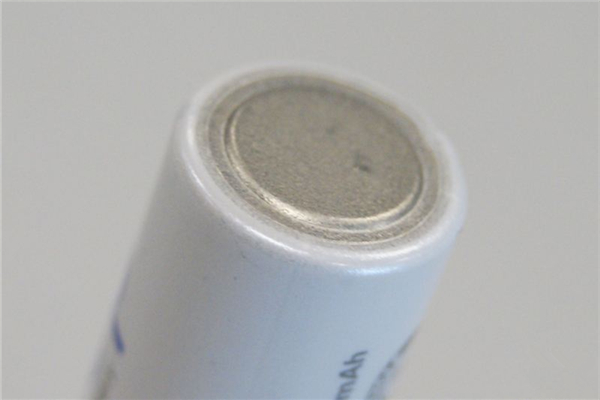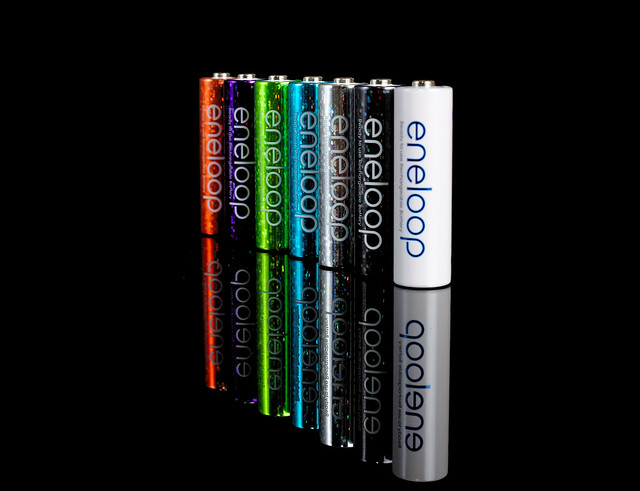Specific Heat of Lithium-ion Battery – Characteristics and Care
Mar 26, 2020 Pageview:2307
Where can you find the heat capacities of lithium-ion batteries?
Lithium-ion batteries have made a significant contribution to the revolution of technology due to their high-energy densities. They are also famous for handling a higher rate of charge/discharge cycles as compared to any other battery technology. However, since the energy densities of these cells increase with time, so does the need for effectively managing specific heat. Lithium-ion batteries are capable of producing a lot of heat which needs to be controlled in the right way to avoid battery failures and other hazards. As such, you need to know the heat capacity of your lithium-ion battery using a specific process.
Determining the specific heat of a lithium-ion cell requires the use of a calorimeter or instead, the deconstruction of the cells using common lab tools. The process works best with cylindrical, prismatic and even pouch cells that have a capacity of between 2.5 – 10 Ah. The results collected can be validated be finding out the specific heat using a calorimeter. Using the calorimeter to validate the specific heat normally gives a maximum error of about 4%. Furthermore, thermal modelling is also essential because it ensures that all temperatures within the cells are kept in specific limits.

What are the thermal characteristics of lithium-ion batteries?
Using a lithium-ion battery is usually possible within a specific temperature range. This range lies between 10°C and +55°C. When charging the cells, the suitable temperature range should be between 5°C and +45°C. However, it is always recommended to keep your lithium-ion batteries in room temperature for maximum efficiency. Modern lithium-ion batteries have in-built sensors that ensures that the battery doesn’t operate outside the specified range during charge/discharge cycles.
What do you need to care for the specific heat of lithium-ion batteries?
Caring for the specific heat of a lithium-ion battery is not rocket science. The guidelines are nothing new that we have never encountered because they also translate to the various ways in which you handling the lithium-ion batteries. The conditions in which your battery is subjected to may affect the specific heat of the cells indirectly. Therefore, it is advisable to keep your battery in good health to ensure that the specific heat is always stable enough. The following are some of the ways in which you can care for the specific heat of your cells:
1.Always keep your cells at room temperature
You have probably heard this piece of advice countless number of times. Room temperature typically lies between 20 - 25 degrees C. It is always recommended that you keep your lithium-ion cells within this temperature range to avoid various hazards. For example, if you were to subject a fully charged cell to extreme temperatures, it may undergo thermal runaway. This is a situation that occurs whenever there is a sudden increase in temperature. The increase causes a further rise in temperature and an increase in pressure resulting in a destructive occurrence.
With a further increase in thermal runaway, the battery is likely to combust spontaneously or explode. This will disrupt the normal setting of the lithium-ion cell’s specific heat. Also, very low temperatures tend to damage the battery. There might be cases in which you’re instructed to freeze a battery when trying to rejuvenate a dead one. However, these procedures usually have a time limit to which exceeding it can be harmful to the cells. Keeping the battery at room temperature is therefore, one of the best ways in which you can care for the specific heat.
2.Let the battery undergo regular partial discharges instead of full ones
Traditional batteries like NiCad cells could not be put through partial charges because they would develop a certain condition known as memory effect. This condition can be defined as the reduction in the longevity of a secondary rechargeable cell. Because there were incomplete charges in the previous uses, the battery might lose their ability to hold charge and tend to run out of power faster after every charge. On the other hand, lithium-ion batteries do not undergo the memory effect that affected old battery versions. Therefore, you are advised to regularly charge your battery partially.
However, battery professionals suggest that you should let your lithium-ion batteries to drain completely. In rechargeable cells, constant partial discharges can cause a condition known as digital memory.al memory. This reduces the accuracy of the power gauge in the designated device forcing you to try and recalibrate it.
3.Don’t allow the battery to discharge below cut-off voltage
The cut-off voltage of a typical lithium-ion cell is typically 2.5 V. Discharging the battery below this voltage point is dangerous because it can open the safety circuit installed in the cell and the battery would seem dead. When This happens, you will not be able to charge the battery using its original charger but instead, you will need battery analyzers with a boost function. When you allow such deep discharges, you can alter the specific heat of the cells and also damage the battery.
4.Charge/discharge your battery to about 40% before storing for extended periods
It would be unwise to store a fully charged battery for an extended period. This is because it would induce oxidation of lithium-ion at a very high rate and this can damage the cells. Also storing the battery without charge harms the cells because batteries undergo self-discharge. Therefore, the empty battery might discharge below cut-off voltage and the battery might die. It would also take a long and exhausting process to try and revive the cells. In both instances, the specific heat can be altered and the battery can be damaged.
It us therefore, when storing the lithium-ion batteries for extended periods, it is advisable to do so at a 40% charge capacity. This will ensure that the specific heat of the cells is preserved and the battery functions normally when you finally use it again.
Final words
The specific heat of lithium-ion batteries majorly varies with temperature. Therefore, keeping proper care for the battery is always advisable to ensure that the specific heat is altered in any way that can damage the cells.
Leave Message
Hottest Categories
-
Hottest Industry News
-
Latest Industry News











